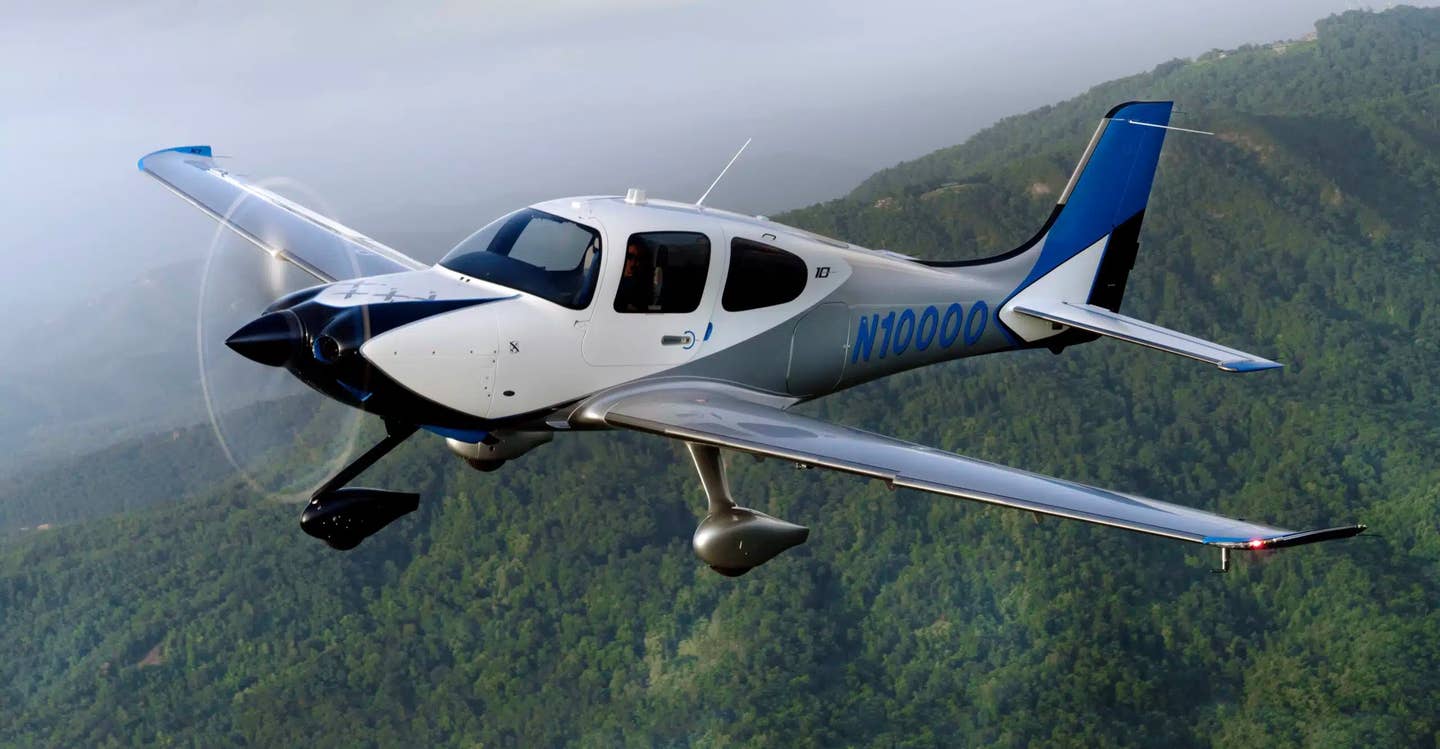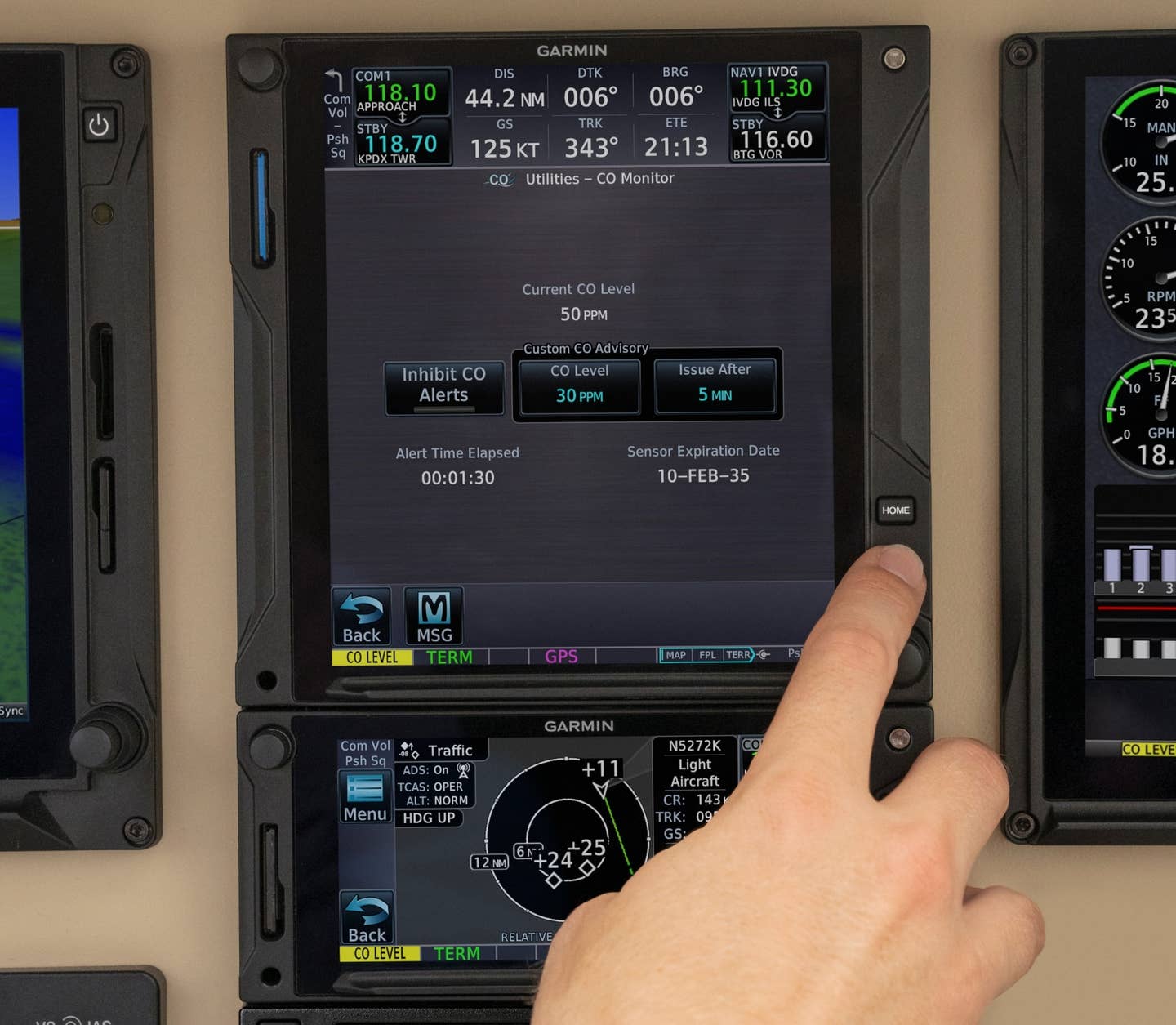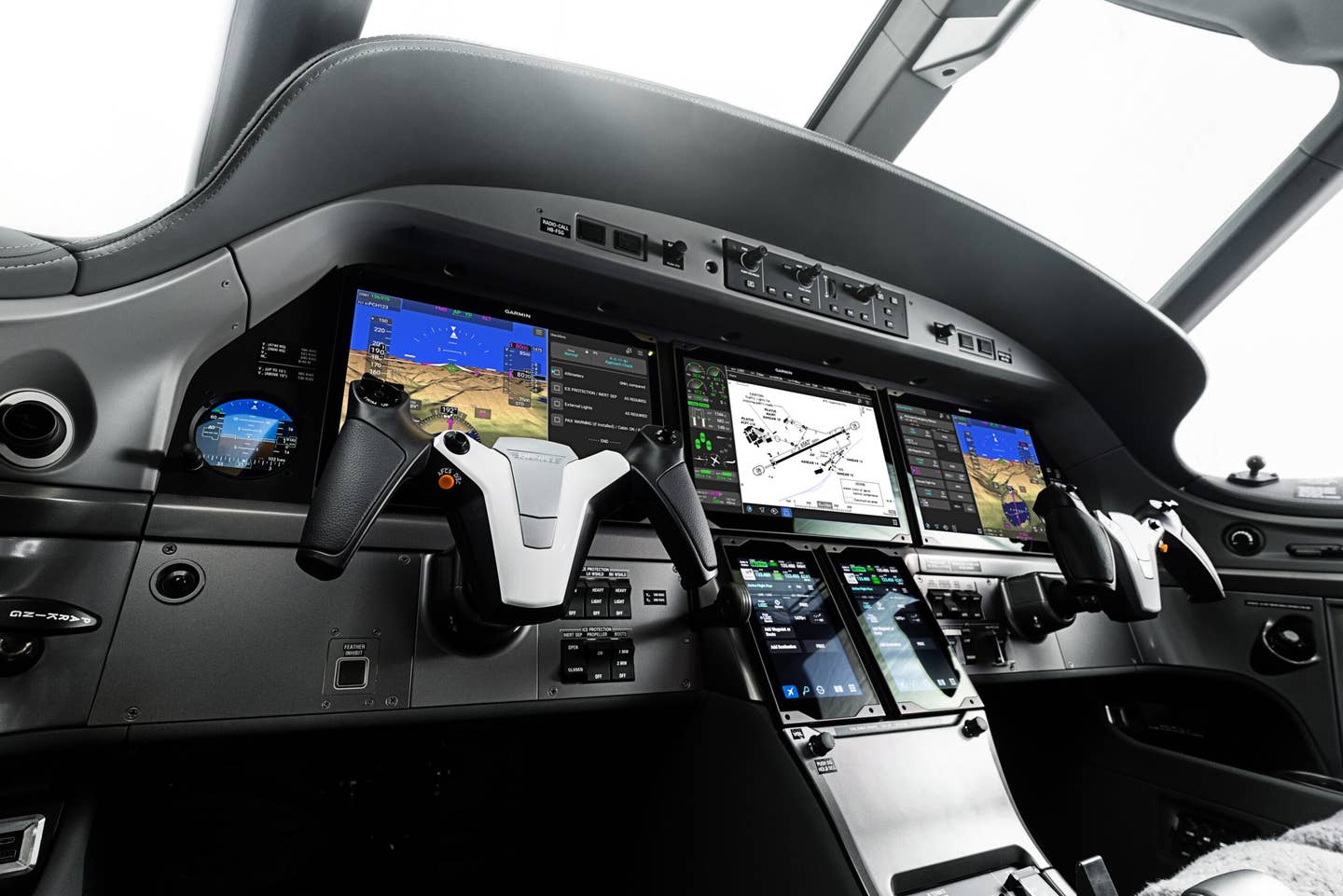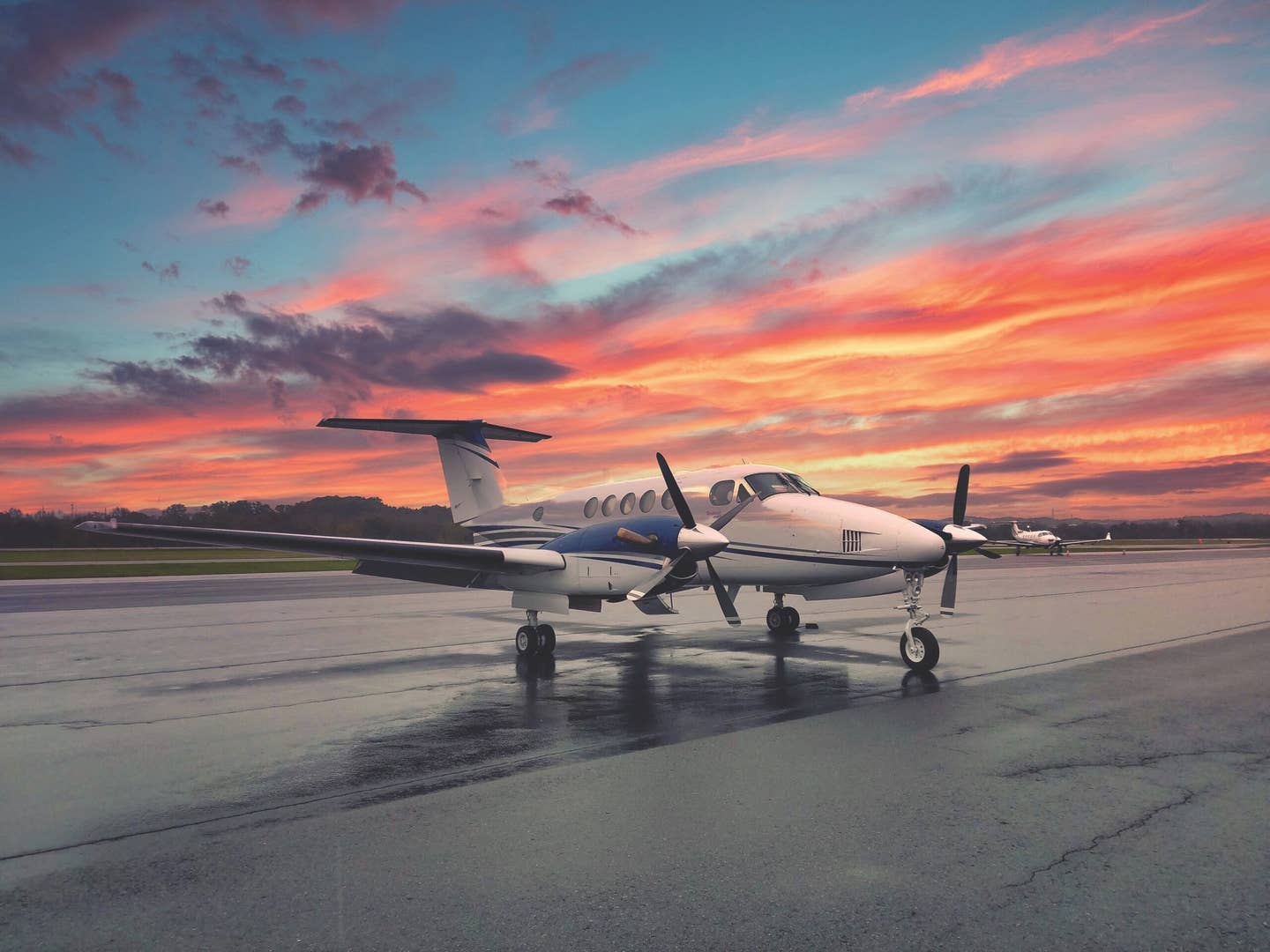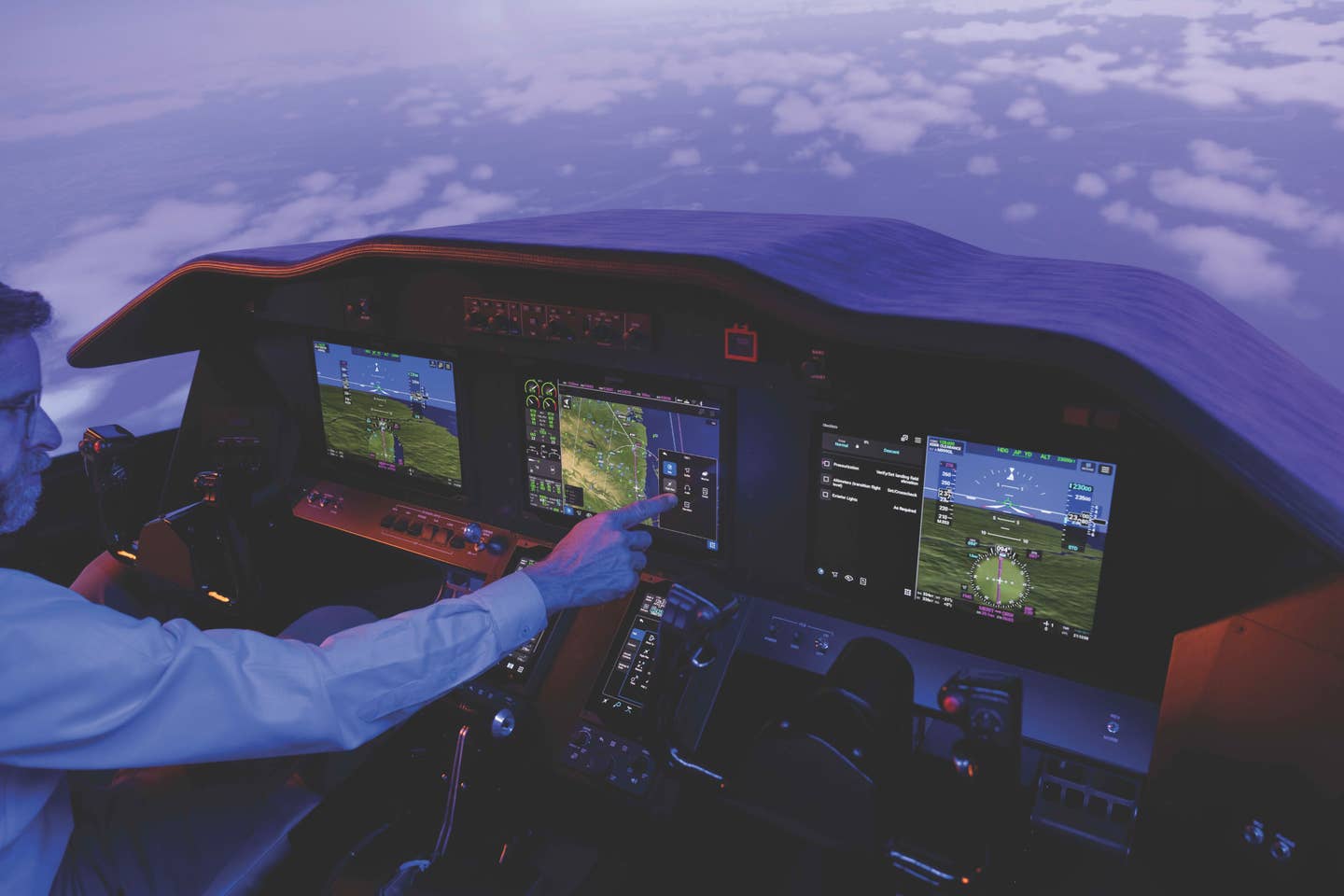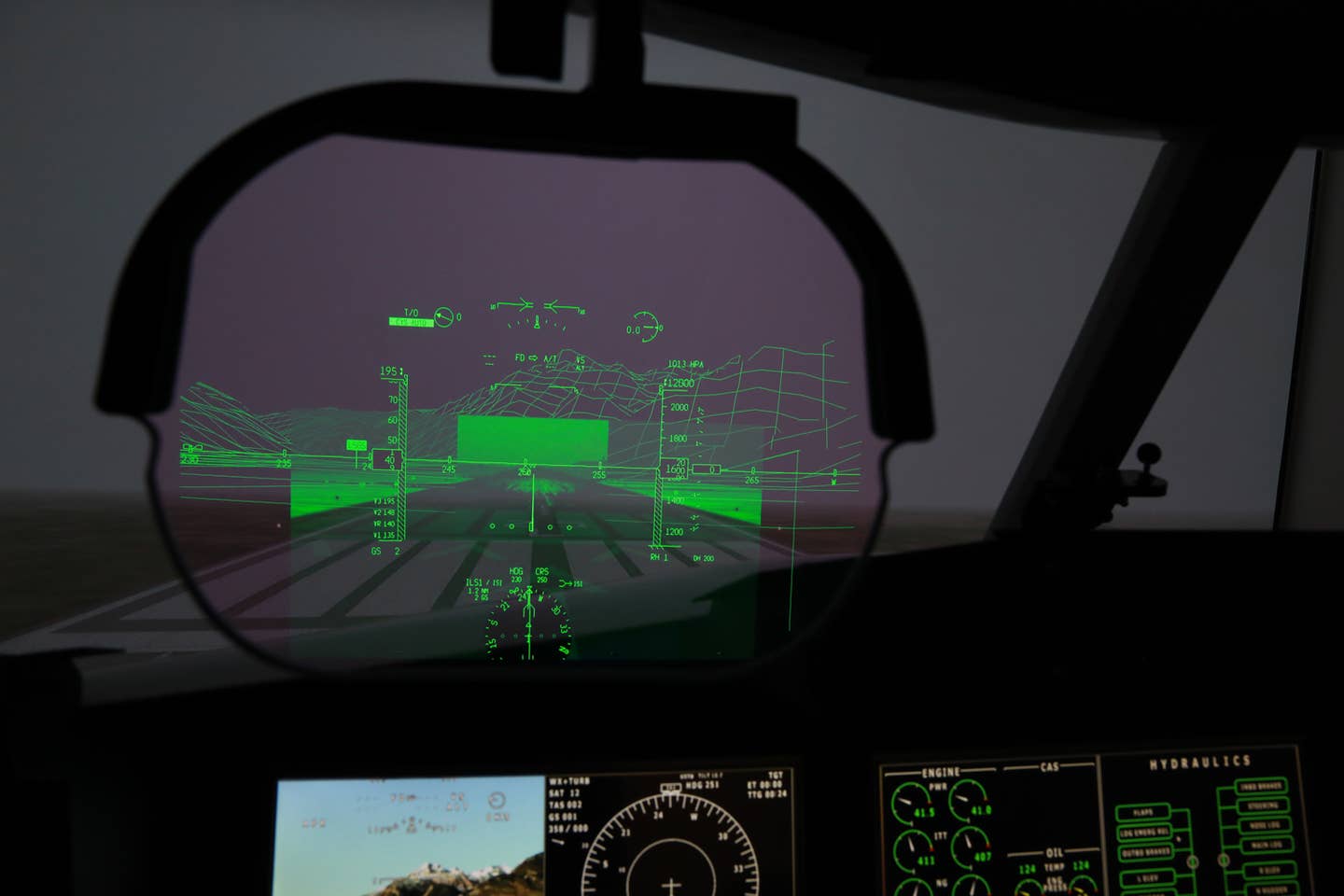
The heads-up display makes reliable takeoffs and landings in poor weather possible. Saab
Instrument flying changed forever yesterday when Vū Systems launched the world’s first passive millimeter wave sensor (PMMS) for aviation called the Vu Cube. At first glance, the 29-pound sensor looks like a retro black-and-white TV from the 1950s, but the sensor’s ability to see through heavy clouds, thick fog and even snow make it far more valuable. When the Cube’s output is projected on a heads-up display, pilots can see as far as two miles ahead of the airplane making reliable takeoffs and landings in poor weather possible, right down to the flare, touchdown and rollout. Aircraft fitted with PMMW technology will no longer need to rely on ground-based equipment, which means landing at airports otherwise inaccessible during severe weather conditions.
Stedman Stevens, chief executive officer at Vū Systems, said, “Following the implementation of the FAA’s new enhanced flight vision systems (EFVS) rule in 2018, aircraft equipped with qualifying sensors, like the Vū Cube, can obtain authorization to take-off and land in conditions approaching zero visibility. Our Vū Cube sensor…provides a significant visual advantage to pilots that is measured in miles, rather than feet.” Through a strategic alliance with Saab, the Vū Systems’ team was able to spend the six years necessary to create the Cube.
Nick Sabatini, Vū Systems’ consultant and former FAA associate administrator for aviation safety said, “The potential of Vū Systems’ EFVS breakthrough technology is game-changing, providing major economic benefits to operators, pilots, airports and the industry as a whole, by eliminating the multi-billion-dollar global problem of low-visibility weather delays while improving flight safety.”
Until now, landing in poor weather required a significant on-board infrastructure that demanded regular maintenance, while certifying a Category II for III flight crew called for regular recurrent training—in addition to the days of initial training required. Preparing to use the PMMW sensor will require about a day’s worth of training. The airborne equipment is simple and doesn’t require the regular maintenance of Cat II and III technology. Best of all, a flight crew will be able to remain current using the Cube simply by operating the airplane by regularly using the HUD, even in VFR conditions.
Sabatini told Flying, “In the best practical terms, the game-changing Vū Cube, means approach minimums will no longer be relevant,” assuming the crew has completed the appropriate training necessary to become familiar with operating the new technology.

Sign-up for newsletters & special offers!
Get the latest FLYING stories & special offers delivered directly to your inbox

